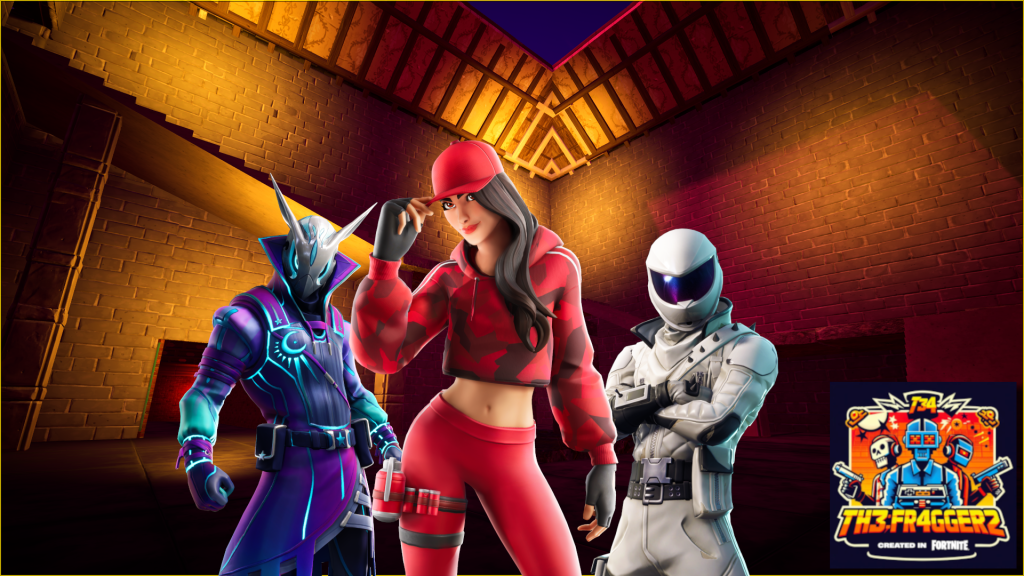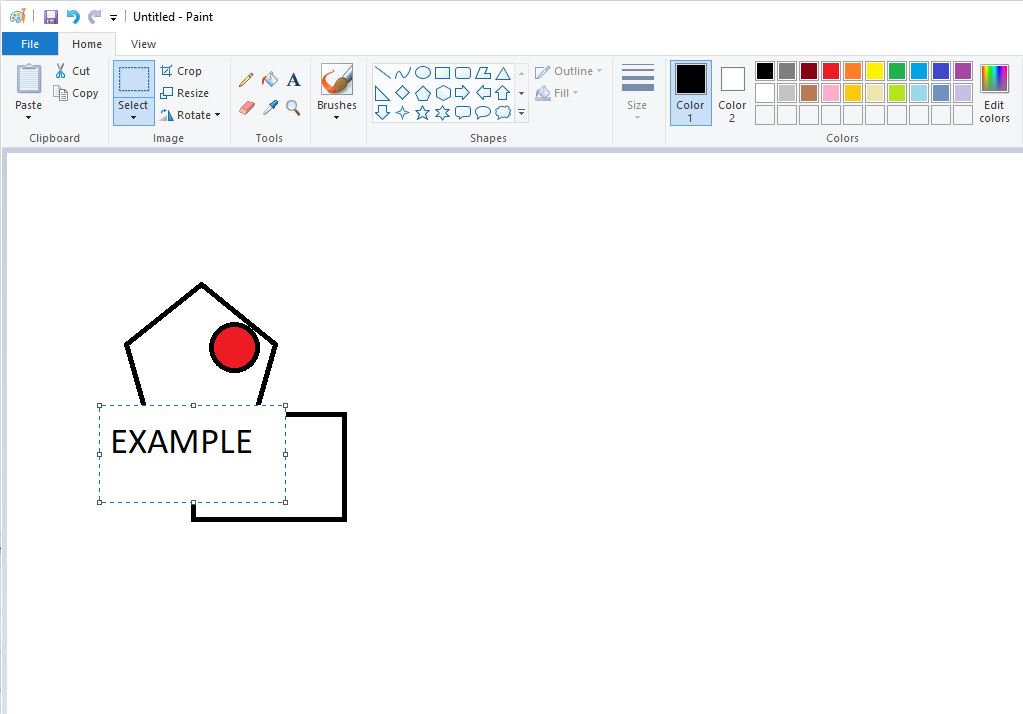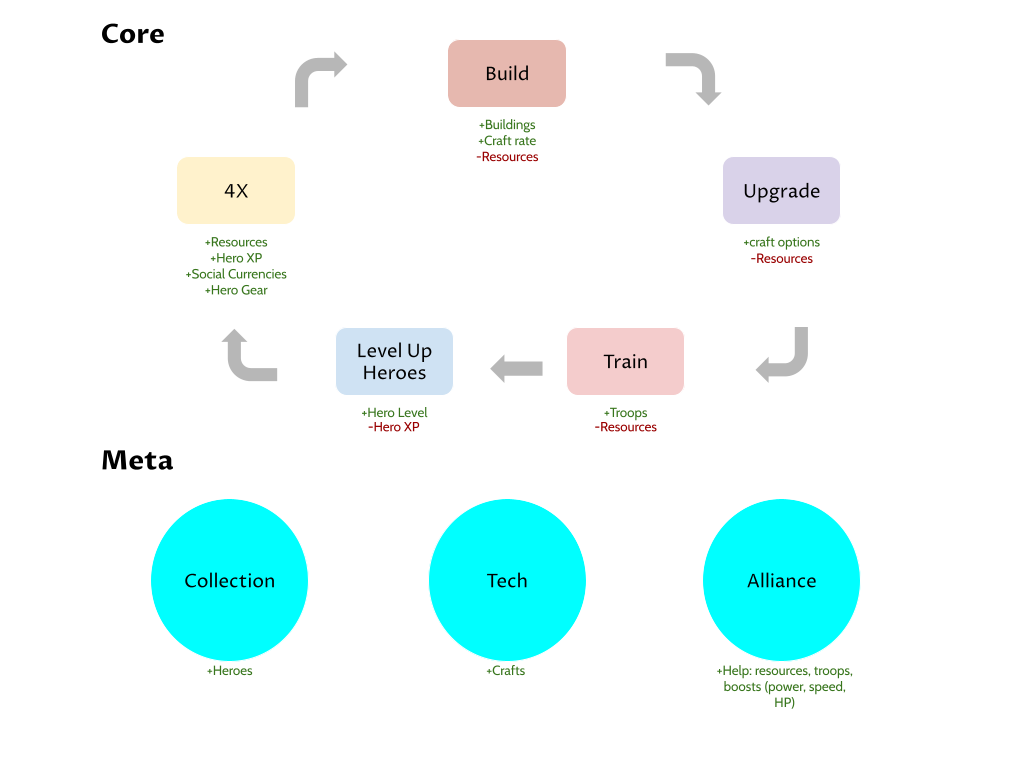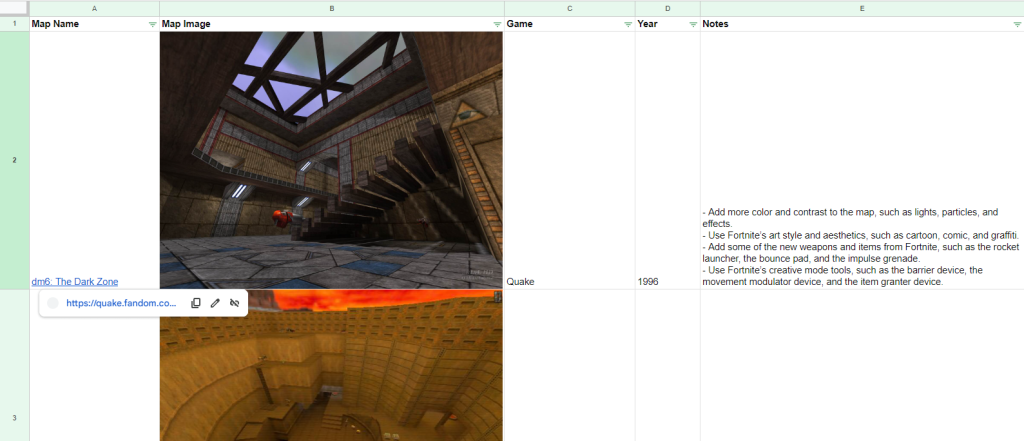Many companies take one assumption for granted: regulars, people who play every single day, are the most willing to spend. This has always been said to me and I have never questioned it. The number of regulars, or its percentage, it’s an important indicator of the success of a service.
This leads the whole team to craft things to convince more and more people to become regulars. Many of them are dark patterns, which work in the short term. Never seen any study on the impact on the long term, of course. Game development is not science, it’s business after all.
This information comes from product and marketing. Companies invest money in advertisements to get a concrete return. Return On Advertisement Spending, ROAS.
Today I want to challenge that. To me, it’s impossible (read a miracle, too) to achieve success without good marketing. Marketing is important to identify an audience and its dimensions as well as make the product arrive at them.
However, the reasons for failure relate very often to game design and production. You need good game design and production to build on the right motivations.
In f2p every time I balance an economy I do it starting from minutes as the basic unit for fun. I have never seen in my entire professional life the ATTPP, Average Total Time Per Player as KPI.
The total time an average Player plays your game before quitting should intuitively be the most important thing to measure!
In my view, measuring that will shift the focus towards the fun. Maybe not a good strategy for big successes, we have best practices for that. Still, a good measure for when things are still small.




